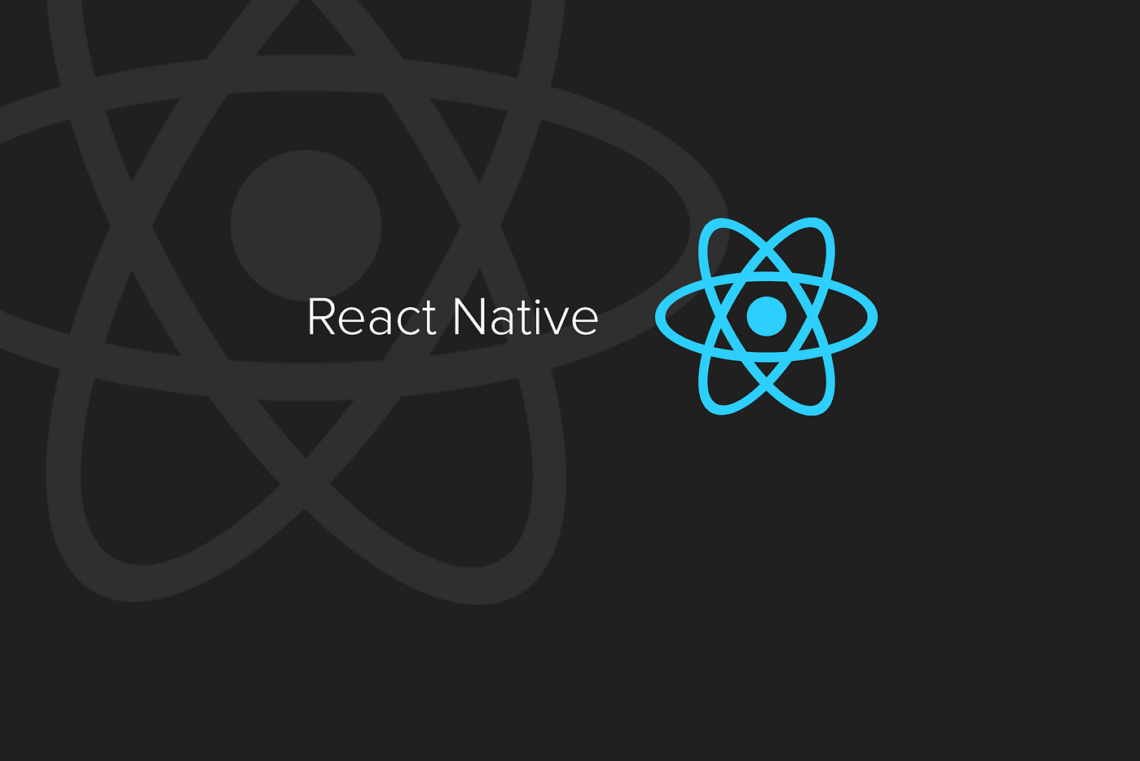When it comes to building scalable apps using React Native, it is crucial to follow best practices that ensure not only functionality but also performance, flexibility, and long-term scalability. React Native experts understand that in today’s digital landscape, scalability is essential to accommodate the growing user base and evolving business needs. Partnering with the right React Native app development services or collaborating with a reputable React Native development company can make all the difference. In this article, we will explore the best practices for ensuring your React Native apps can grow and adapt without compromising quality or performance.
1. Architecting for Scalability
One of the fundamental aspects of developing a scalable app is choosing the right architecture. A well-architected React Native app allows for easier maintenance, upgrading, and scaling over time.
Modular architecture is highly recommended, where the code is broken down into smaller, independent modules. This not only ensures that each component can be tested and deployed separately but also allows teams of React Native developers to work simultaneously on different parts of the project without conflicts.
Key architectural patterns include:
- Component-based architecture for reusability and flexibility.
- Redux or MobX for state management, which helps manage data across large applications more efficiently.
- Separation of concerns, which ensures that UI, business logic, and data handling are decoupled, allowing the app to scale effortlessly.
2. Optimize for Performance Early On
Performance optimization is a crucial factor in React Native app development services. Apps with poor performance may struggle to scale, leading to higher bounce rates and poor user experiences. To avoid this, follow these performance best practices:
- Minimize re-renders: Unnecessary re-rendering of components can slow down the app, especially when scaling. Use tools like PureComponent and React.memo to prevent unwanted updates.
- Optimize images: Images can significantly impact load times and performance. Use tools like Image.prefetch() and third-party image optimization services to compress images without losing quality.
- Lazy loading: Load components and assets only when they are needed, especially in larger applications. React.lazy and Suspense can help with code-splitting and lazy loading.
3. Use TypeScript for Scalability
As your app grows, maintaining the integrity of your codebase becomes challenging. React Native experts recommend using TypeScript to catch errors at compile time, making your app more reliable and easier to maintain as it scales. TypeScript helps in:
- Defining strict types, which reduces bugs and inconsistencies in large applications.
- Improving developer experience, enabling better code autocompletion, refactoring, and error detection.
- Enhancing collaboration: When multiple React Native developers are working on a project, TypeScript can enforce consistent coding standards.
4. Effective State Management
Managing the state of an application becomes increasingly complex as it scales. A robust state management solution is essential to handle data efficiently across different components. React Native development companies often implement:
- Redux: Ideal for managing state in large applications, as it provides a predictable state container and centralizes the app’s state.
- MobX: A more flexible alternative to Redux, suitable for projects where reactivity is key.
- Context API: For simpler state management needs, React’s Context API allows for the sharing of state across components without needing third-party libraries.
A key consideration is to avoid overcomplicating state management. Use Redux or MobX only when necessary, and ensure that the state is well-organized and properly documented.
5. Focus on Cross-Platform Compatibility
One of the main reasons businesses choose React Native is its ability to deliver a consistent experience across iOS and Android platforms. Ensuring cross-platform compatibility is crucial for scaling. However, there are challenges:
- Platform-specific components: Not all components work equally well on both platforms. Use platform-specific code where necessary but try to maximize the reuse of components.
- Consistent UI/UX: Ensure that the app’s design and behavior are intuitive across different platforms. React Native app development services often employ React Native Paper and React Native Elements to create beautiful, cross-platform UIs.
- Third-party libraries: Carefully evaluate third-party libraries for cross-platform compatibility. Some libraries may work well on Android but have issues on iOS, or vice versa.
6. Implement CI/CD for Continuous Scalability
Implementing Continuous Integration (CI) and Continuous Deployment (CD) pipelines is a critical step for managing scalable apps. These pipelines automate testing, building, and deployment processes, ensuring that the app can scale without disruptions.
Key tools for CI/CD in React Native:
- GitHub Actions or CircleCI for automating tests and deployments.
- Fastlane for automating mobile app releases.
- Jest or Detox for automated testing, which ensures that your app remains functional and stable even as you add new features.
By incorporating CI/CD pipelines, you enable your team of React Native developers to deliver updates faster and with fewer errors, making scaling much more manageable.
7. Monitor App Performance and Usage
To ensure that your app remains scalable, you need to continuously monitor its performance and user behavior. Tools such as:
- React Native Firebase Analytics: For tracking user engagement and behavior.
- Sentry: For error tracking and debugging.
- Appsee or Flurry: For gaining insights into how users interact with your app.
These tools allow you to gather data on performance issues and user pain points, which can be addressed to improve scalability.
8. Ensure Code Quality and Documentation
As your app grows, maintaining high code quality becomes increasingly important. This includes implementing:
- Code reviews: Ensure that all code is reviewed by peers to catch potential issues early.
- Linting tools: Tools like ESLint help ensure that code follows consistent style guidelines, reducing technical debt.
- Comprehensive documentation: Properly document all code, APIs, and components. This ensures that new React Native developers can easily onboard and understand the existing codebase, facilitating scalability.
9. Choose the Right React Native Development Partner
Choosing the right React Native development company or React Native app development services is critical to building a scalable app. Look for partners with a proven track record in scalable app development and deep expertise in React Native.
When selecting a development partner, consider:
- Experience with large-scale apps: Ensure that the team has experience building apps that scale to millions of users.
- Support for long-term growth: The company should offer ongoing support and updates to ensure that your app remains scalable as technology evolves.
- Strong communication: Open and clear communication is essential for managing long-term projects that scale.
Conclusion
Building a scalable React Native app requires careful planning, attention to performance, and the right tools and frameworks. By following these best practices, you can ensure that your app not only meets the demands of today’s users but is also prepared to grow in the future. Whether you’re working with a team of React Native experts or a trusted React Native development company, scalability should always be a top priority.





